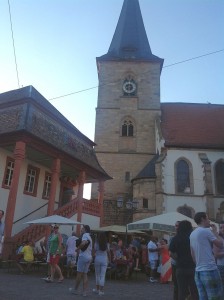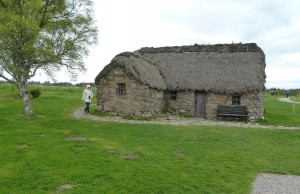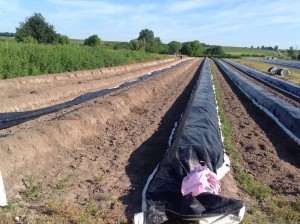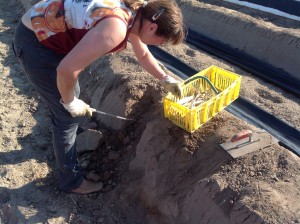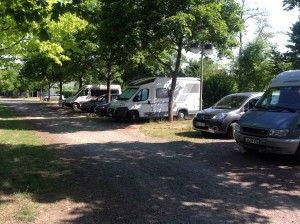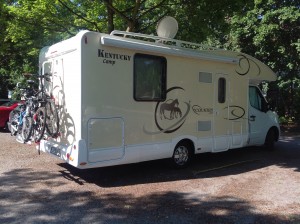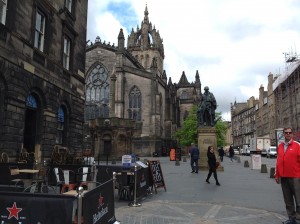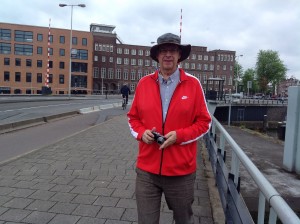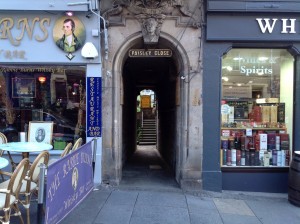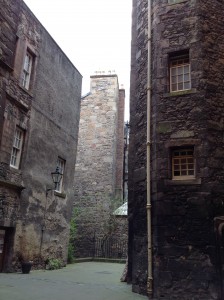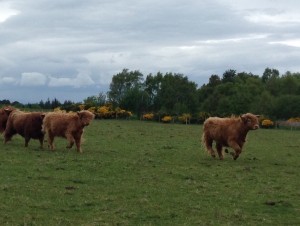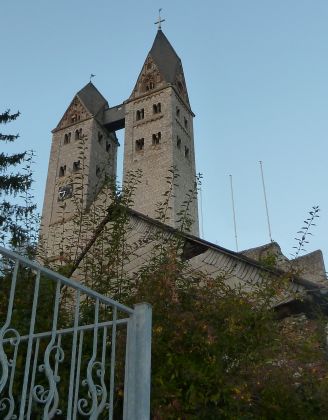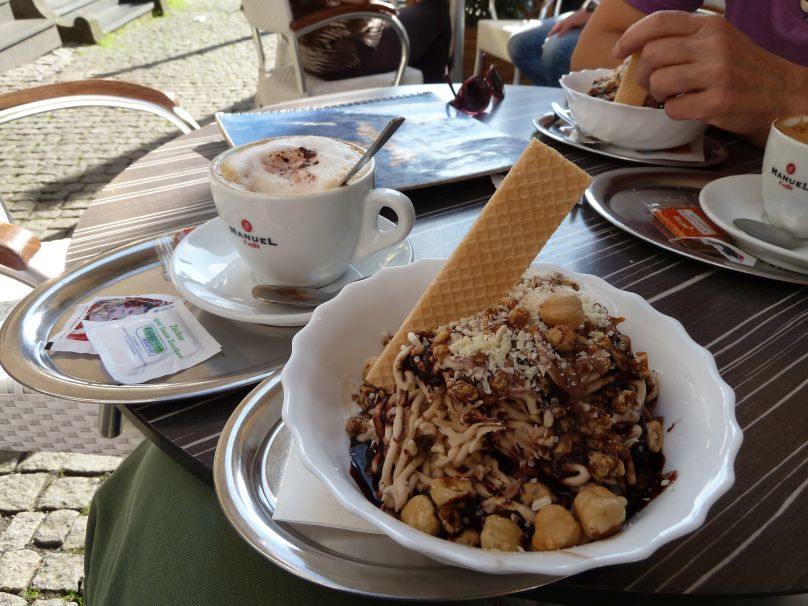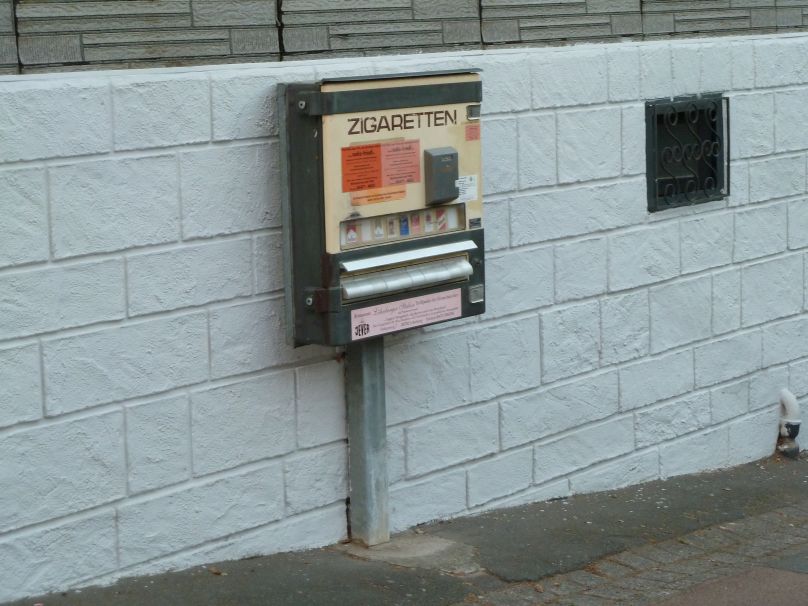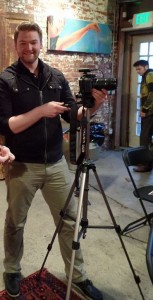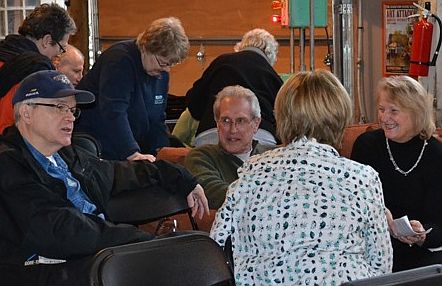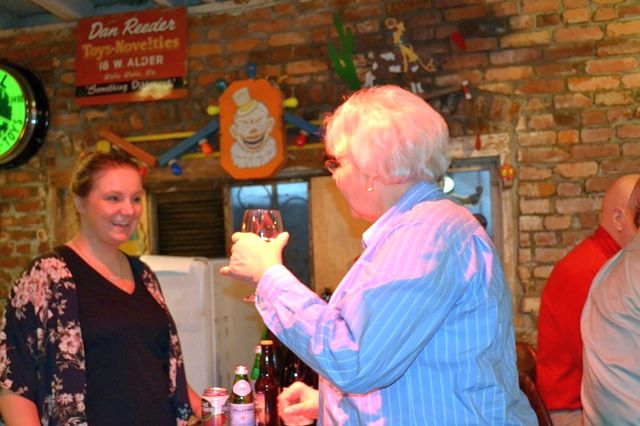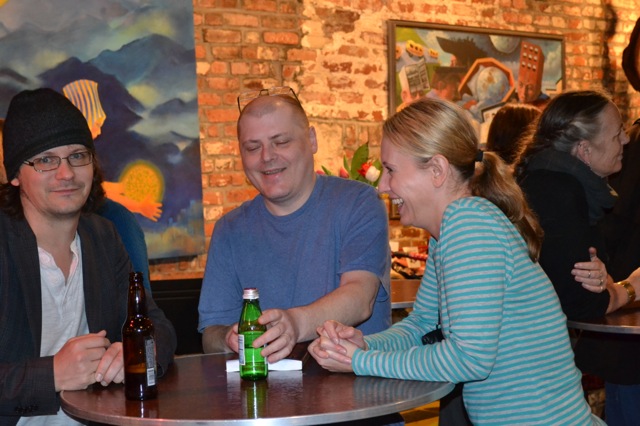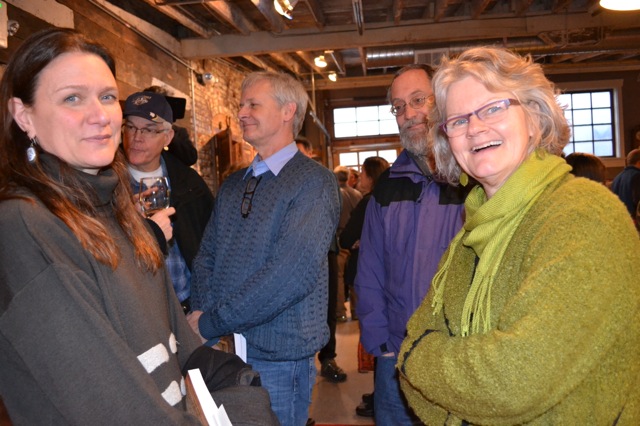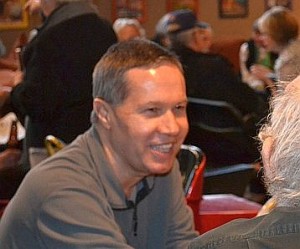Well, I’ve done it again. I make the oddest mistakes, sometimes, and this one had a ripple effect that still has me feeling abashed and off balance.
The story of my first two days in Freinsheim. Of course I want to see all the relatives as soon as I possibly can. At the first opportunity, Matthias and I sit down with the calendar. I have my notes ready — as we decide on the times and places, Matthias makes the calls. That very same afternoon, I write it in my notes: 3 p.m. coffee with his mother, Baerbel Weber. The next morning, Friday first thing, 10 a.m. visit with Tante Gretel and Onkel Otto. Lunch with Tante Inge, 12:30. Interview with the Die Rheinpfalz newspaper reporter (gulp!) 3:00 p.m. A lot of German conversation ahead, but I brace myself and figure we’ll get through it somehow.
 But already, time is passing. Delighted that Baerbel will see me so soon, I make preparations to go. I arrive at Baerbel’s precisely at 3. We have a wonderful, two-hour visit, in German, with — wait for it — plum cake! How awesome, and delicious!
But already, time is passing. Delighted that Baerbel will see me so soon, I make preparations to go. I arrive at Baerbel’s precisely at 3. We have a wonderful, two-hour visit, in German, with — wait for it — plum cake! How awesome, and delicious!
Friday morning, Matthias urges me to get going to visit Onkel Otto and Tante Gretel. He points out it is a half hour walk, and that I should take a bicycle. I agree, and leave a few minutes late. I bicycle fast, and am proud of myself for arriving right on the hour of 10 o’clock. Tante Gretel is walking down the steps to meet me as I lock up the bicycle. We go inside and have a delightful conversation.
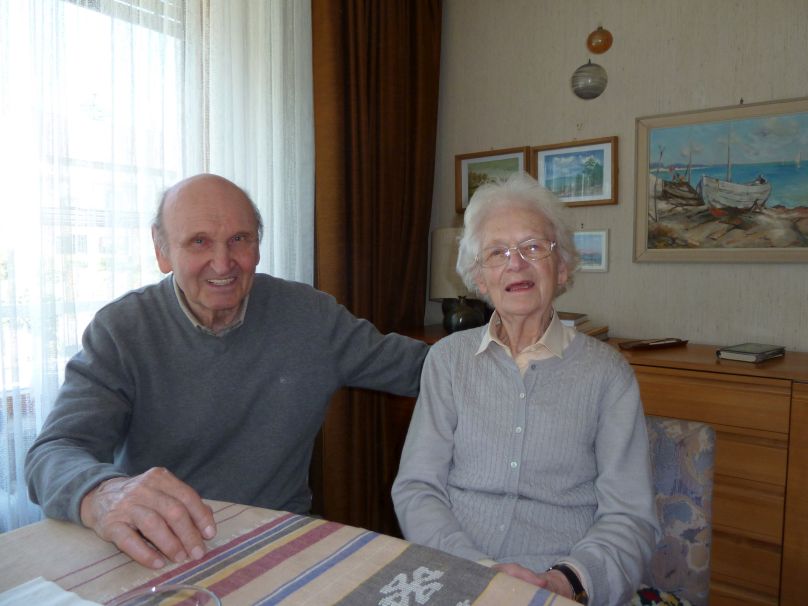
I am perfectly happy, but Tante Gretel seems nervous, she keeps glancing at the clock on the bureau behind her. I think maybe she is getting tired or has something she must do like take her medicines, so I say my farewells. I am worried about arriving at Tante Inge’s too early, so I sit in a park and do a bit of journaling. As 12:30 rolls around, I get on my bicycle and head over to Tante Inge’s. Even though I have a map, I do arrive a few minutes late because I take a wrong turn.
“You are one hour late!” Inge greets me.
“What? It was supposed to be 11:30? Matthias told me 12:30! He must have gotten it wrong. I’m so sorry.”
“It’s not so easy, when I cook dinner for you, to keep it warm for so long,” she says.
I feel terrible, disconcerted, and sorry sorry sorry. Tante Inge is very gracious and serves me a delicious meal (“not hot enough, it’s better when it’s hot,” she points out) and share memories and stories and news.
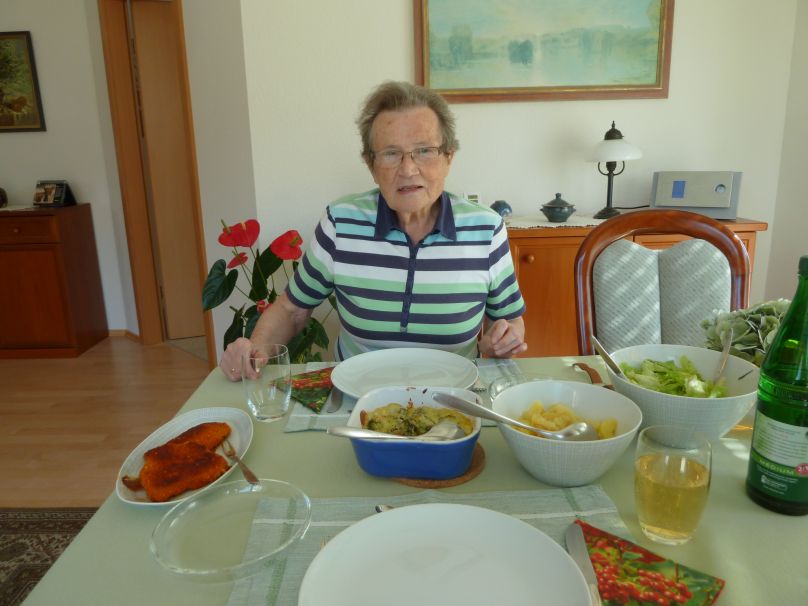
The menu is superb, chicken cordon bleu, broccoli with cheese, salad, potatoes, and for dessert cookies and coffee.
Tante Inge, like Tante Gretel, has a clock on the bureau behind her. When she turns to glance at the time, I see it is already 2:30. How have two hours flown so quickly? I wonder.
“You must meet the journalist at 3?” she asks. “Where must you meet her?”
When I explain it is in the central marketplace, Tante Inge says it will take me two minutes by bicycle, and sees me out the door on time. Matthias meets me at the marketplace, and introduces me to the journalist. After the interview, he and I return to the house. We are sitting on the back deck discussing the day, and I tell him the sad news that there was a confusion about the time for lunch with Tante Inge.
“No, that was right, Tante Inge said 12:30. I’m sure of it,” Matthias says.
“Maybe it is a language problem. You say in German half until 1, that means 12:30. Maybe she said 11:30, and you said to me in English 12:30 by mistake.”
“No, I know this. She said halb eins, 12:30. And right now, it is 5:30, halb sechs.”
“No, right now it is 4:30, halb funf.”
“No, it is 5:30, halb sechs.”
Then it dawns on me. I thought it was only an eight hour time difference between Seattle and Freinsheim — but it is nine hours. Ever since I have arrived, I have been one hour behind!! I have been so serene about it all, and here my glassy lake was full of choppy waters. Everyone has been so good-natured and kind, welcoming me regardless of my rudeness. Once again, I stand in awe of the gracious generosity of the Palatine people.
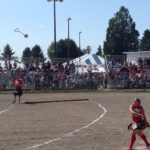 This July in the Pacific Northwest, I’m looking forward to another Scottish Highland Games and Clan Gathering in Enumclaw. Dates to be announced soon.
This July in the Pacific Northwest, I’m looking forward to another Scottish Highland Games and Clan Gathering in Enumclaw. Dates to be announced soon.

